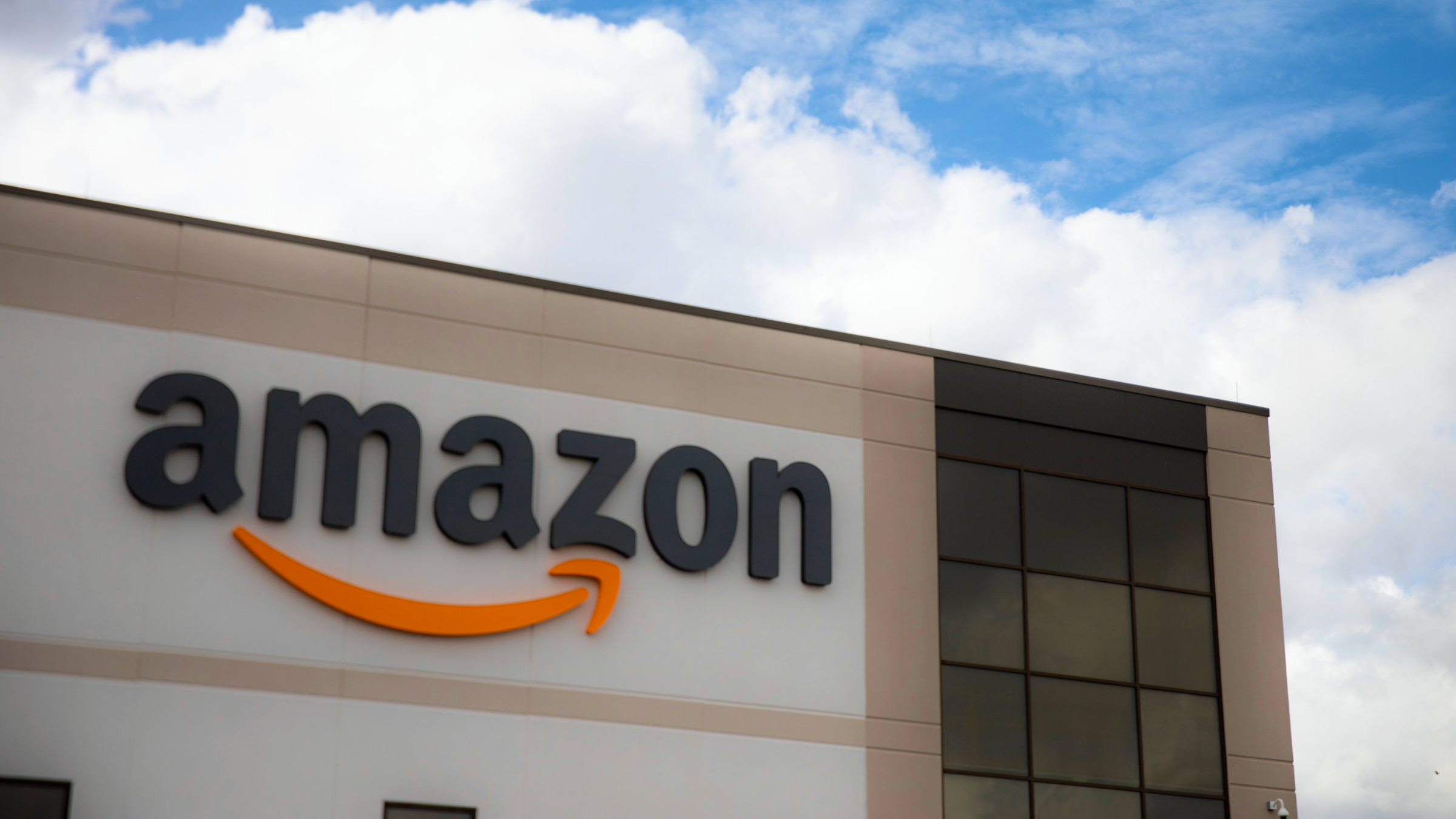
In the past few years, Chinese companies like Shein and Temu offering low-cost products have taken the world of ecommerce by storm. A shady campaign was launched last year to try to get the US Congress to ban Shein as it was considering doing the same to TikTok, going so far as to compare it a drug consumers would get hooked on. Temu is a more recent addition, but already has more repeat customers in the United States than eBay or Amazon.
Shein and Temu are built on a model of unbelievably low prices and remarkably fast shipping for products made by a wide range of third-party suppliers in China. Over time, they’ve expanded their product offerings beyond staples like clothing to become more competitive in a wider range of categories. Giants like Amazon are not new to competition though. In the past, the company has taken on Diapers.com and Wayfair in their specific niches, and now it’s crafting a plan to respond to its Chinese competitors.
In recent months, Amazon has been trying to further improve its shipping speeds on key products and position itself as a reliable seller, areas where it thinks it has an advantage over Shein and Temu. That might be a harder sell than a few years ago though, given the growing complaints about poor quality goods from Chinese brands you’ve never heard of before on the platform, not to mention the AI-generated books increasingly filling the listings of its original product category.
It’s hard to imagine those problems are going to get any better after its newest plan to take on its competition takes hold. According to slides shown to some of its Chinese suppliers, Amazon is planning to introduce a discount section where brands will be able to ship directly from warehouses in China to US shoppers, with the expectation of slightly longer shipping times. The new offering will reportedly roll out in the fall, and it says a lot about the continued race to the bottom in the retail industry.
Retail under the neoliberal model
Amazon is no darling of worker or environmental rights. Its union-busting campaigns are notorious, as are the poor conditions of its warehouse workers who suffer above average rates of injury and deliver drivers who lack adequate bathroom breaks. The company’s model is built on lowering labor costs by ensuring traditionally unionized work like delivery and logistics is done by non-union labor with fewer rights and protections, but that also extends into its broader operations.
In the past, investigations have found hundreds of Chinese schoolchildren toiling in Foxconn factories doing illegal overtime and overnight shifts to build Amazon Alexa devices. The company maintained ties with suppliers linked to forced Uyghur labor even after it knew about the details, and recently paid a $1.9 million settlement over trafficked migrant workers toiling in its Saudi warehouses. These are just a selection of stories to illustrate the harm Amazon perpetuates, but it didn’t start this trend.
In the late 1970s and into the 1980s, the United States made an important policy shift: wages were to be repressed and unions ruthlessly attacked, but as workers’ pay failed to keep up, their buying power would be maintained by a flood of cheap consumers goods from low-wage countries like China. It was a gift to the US capitalist class and those neoliberal economic policies spread throughout the Western world, having similar effects in other wealthy countries. It’s meant that even though US productivity increased by 64.7% from 1979 to 2022, wages grew by a mere 14.8%.
That decision is part of the reason why cities and towns had their local industries hollowed out over the past several decades and their residents now rely on big-box stores like Walmart or even cheaper dollar stores to buy basic goods, as higher priced alternatives have slowly disappeared due to eroding spending power. It’s also why the inflation of the past few years has stung so much for so many: after several decades of slow wage growth and increasing inequality, people are simply stretched too thin to handle further price hikes. Most people are now forced to seek out the cheapest possible price, regardless of the quality of the product or the labor violations and environmental devastation that make them possible.
Shein is not the root of the problem
When we look at the state of retail or ecommerce, it’s useless to look at it through the lens of the United States or the West vs Chinese competitors because that sector has been so dependent on Chinese goods for so long. Amazon built on a model pioneered by companies like Walmart to import low-cost products made primarily in China, use its size to exert immense power over the supply chain, and ensure customer loyalty through low prices that were made easier to deliver because of its scale.
Today, when we see Shein and Temu outcompeting Amazon or fast fashion brands, it’s not because they’re devious Chinese companies; it’s simply because they looked at how established players had already transformed their sectors, then sought an opportunity to cut costs even further to win over price-sensitive customers, just as existing firms did to the companies that came before them. Last year’s Shut Down Shein campaign tried to paint Shein as uniquely evil, but its innovations on the existing retail model won’t die if it’s banned. Shein’s competitors will emulate them regardless, as we already see Amazon doing.
China hawks are coming for Shein
That’s not to say that Shein or Temu are more ethical than existing players. Just as Amazon found new ways to cut workers’ wages and limit their ability to unionize, Shein’s scale and dependence on plastic in the clothing it sells has likely made its labor and environmental impacts worse than existing fast fashion companies. But brands like H&M don’t have a good record themselves, given the exploitative nature of outsourced garment manufacturing and the model’s dependence on poor quality goods that need to be regularly disposed of and replaced.
A deeper transformation is necessary
It would be ideal if this problem could be solved simply by banning Shein and Temu, but it runs much deeper than two Chinese firms that are now giving Western companies a run for their money. Simply banning those two apps and moving on would be an admission that the labor practices and environmental harm of fast fashion and the cut-rate retail model aren’t the concern of the people pushing that response; it’s simply that Chinese companies are outcompeting Western brands.
To truly address the challenges presented by Shein and Temu requires us to recognize that many other retailers are doing much the same because of how the sector has transformed over several decades to justify any amount of harm and any degree of corporate power as long as it means lower prices for consumers. The race to the bottom can only go so far and the inflation crisis of the past few years has shown how stretched much of the public has become. Goods can only get so cheap, and it feels like the tradeoff made in the early 1980s has run its course.
The entire model these companies are based on, along with the environmental devastation that result from them and the labor abuses they require, must be regulated out of existence. But that alone won’t be enough if people aren’t able to afford the higher prices that could come with production done by unionized, well-compensated workers and processes that minimize environmental harm. That requires a much deeper economic transformation that tackles widespread poverty and challenges a retail system dependent on poor quality goods made by exploited labor. But it’s a conversation few of those with any power want to have.





Member discussion